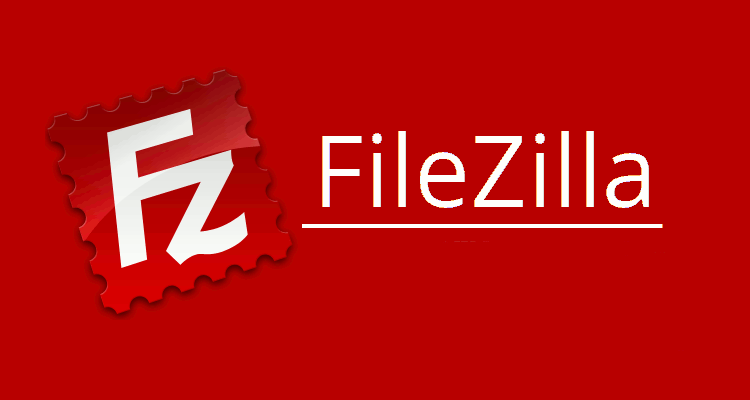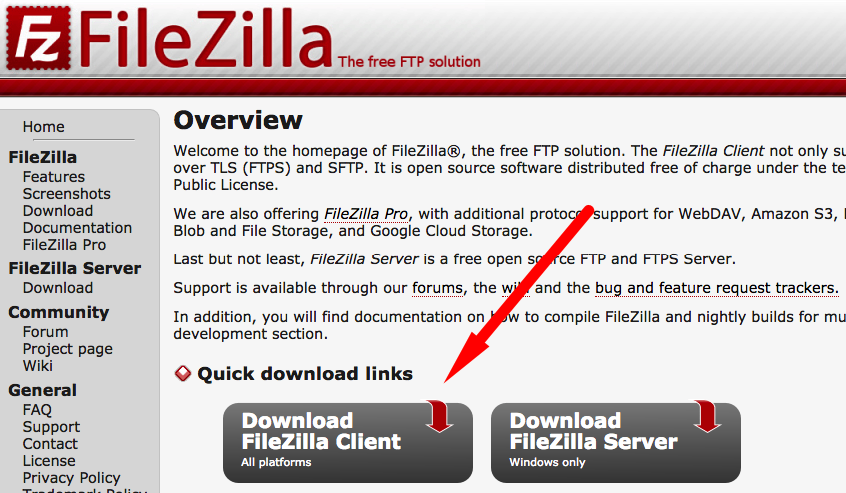

In passive mode FTP, the client initiates both connections to the server, solving the problem of firewalls filtering the incoming data port connection to the client from the server. Once the FTP client receives a port, it starts the second connection and sends data. Here, the client connects and sends the PASV command, which functions as a request for a port number to connect to. Passive FTP: This is also referred to as passive mode or PASV and it was developed to resolve the issue of servers initiating the connection to the client. In an Active Mode FTP, the client issues a PORT command to the server signaling that it will “actively” provide an IP and port number to open the Data Connection back to the client. In an active mode connection, when the client makes the initial connection and sends PORT, the server will then connect back to the client’s specified data port from its local data port, which is port 20.

That is, when a client and server intend to transfer data, they usually start a control connection first in order to negotiate the details of the Data Connection prior to opening it and transferring data. In this mode, the FTP client connects from a random port (n-1023) to the FTP server’s command port (21). You may also want to see this guide: Warning: FTP over TLS is not enabled, users cannot securely log in: You appear to be behind a NAT Router, please configure the passive mode settings and forward a range of ports in your router.Īctive FTP: This was originally the only method of FTP and is therefore often the default mode for FTP.
#Download filezilla client how to#
FileZilla should now be up and running.Before proceed with the steps on how to install and connect to an FTP Server, I will like to briefly describe the difference between active and passive FTP as this is a prevalent question when dealing with Firewall configuration to support the deployment. So transferring a file from your computer to your server is as simple as locating the file that you want to transfer on the left side of FileZilla and dragging that file to the directory of your choice on the right side of FileZilla. The same is true if we click on a file on the top right section, we can see that the panel directly below it shows the content of the directory that we clicked on. If we click on a file on the top left section, we can see that the panel directly below it shows the content of the directory that we clicked on. The left two sections show files that are on your desktop and the right two sections show the files on your web host service. Now that your have FileZilla installed, lets go over how to use it.įileZilla can look intimidating and complex at first, but it is actually very easy to use.


 0 kommentar(er)
0 kommentar(er)
